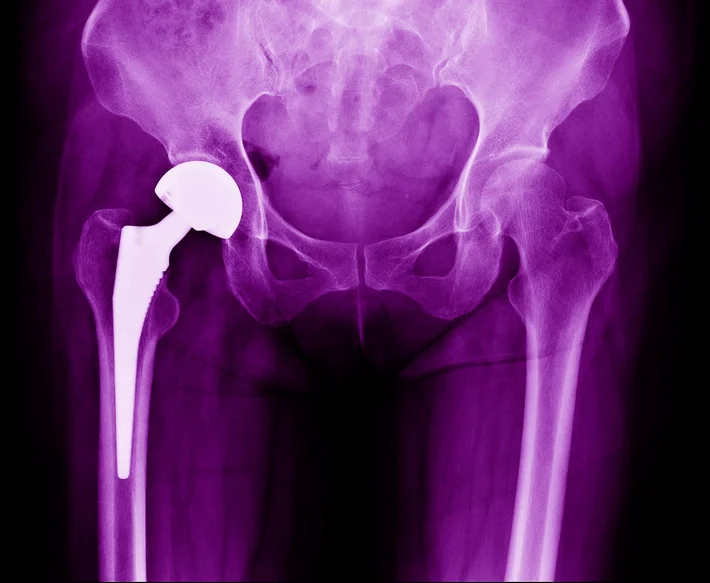![Separator]()
What is a joint replacement?
Joint replacement, more formally known as “total joint replacement surgery,” is a procedure during which parts of a damaged joint are replaced with a metal, plastic, or ceramic prosthesis. The prosthesis is designed to mimic the movement of a healthy joint, helping the patient to move more freely after their surgery.
Several conditions can warrant a total joint replacement. The most common of these, arthritis, can damage the cartilage that protects the joints, resulting in chronic pain. Fractures or other injuries can have the same or similar effects. Generally, doctors recommend pain medication and/or physical therapy as the first line of defense against joint pain. It’s only when these solutions are insufficient that total joint replacement surgery is warranted.
Joint replacement surgery only takes a few hours. Recovery, on the other hand, typically takes months. Physical therapy is a vital part of the joint replacement recovery process, during which patients increase strength, mobility, and flexibility in the months following surgery to ensure proper healing.
Source:
OrthoInfo



















